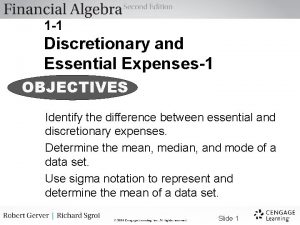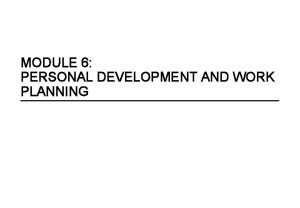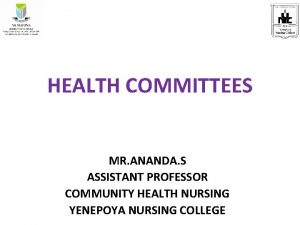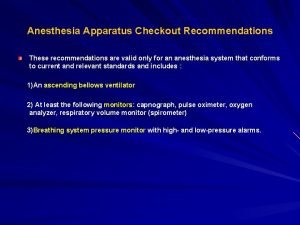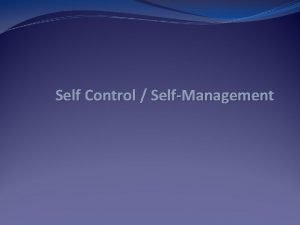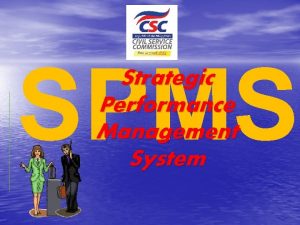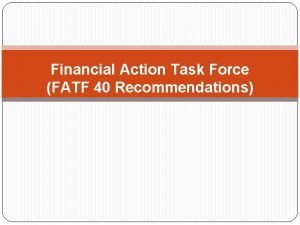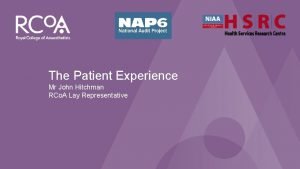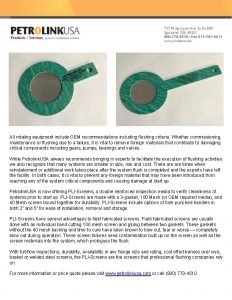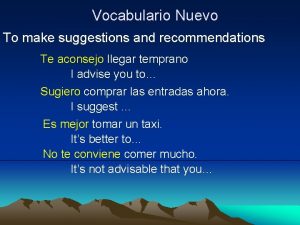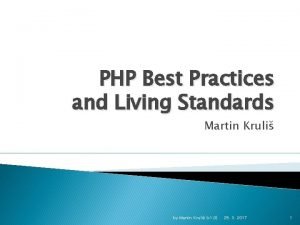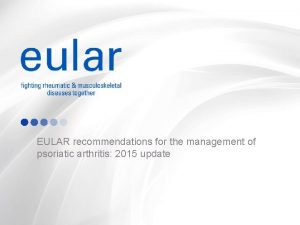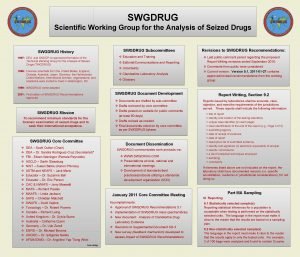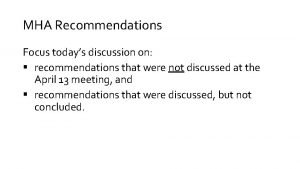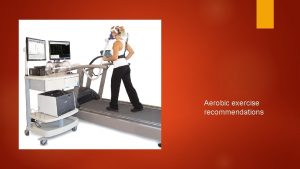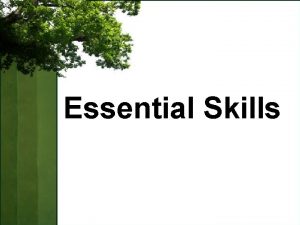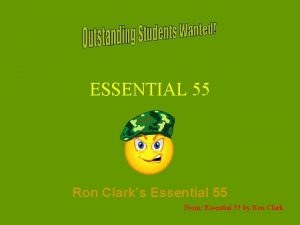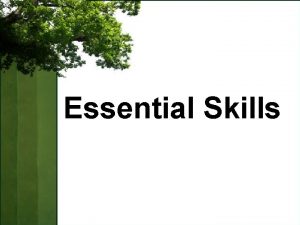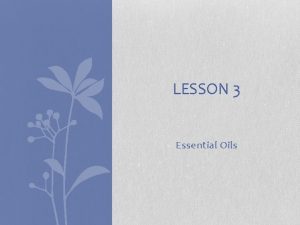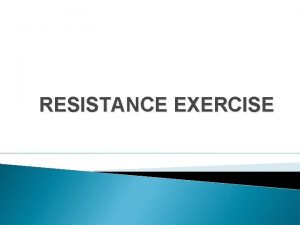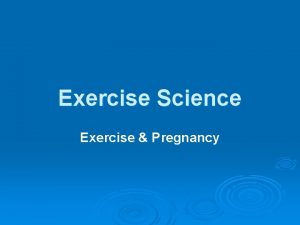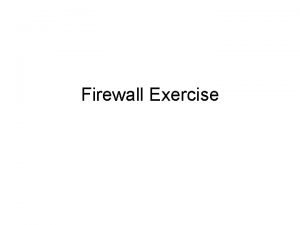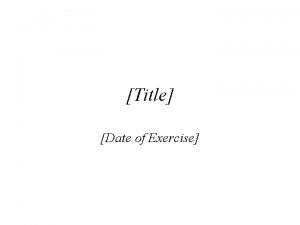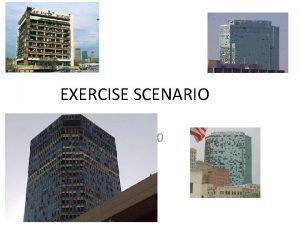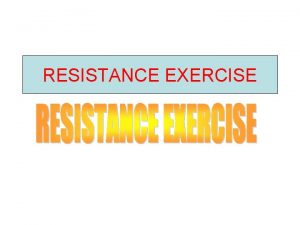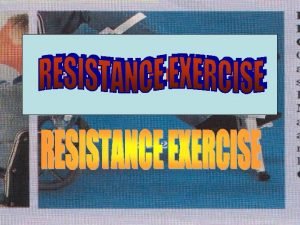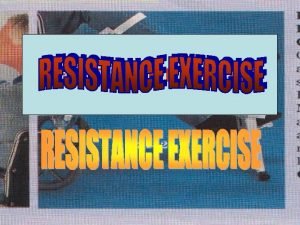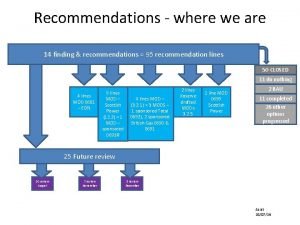Exercise Recommendations In this module Exercise is essential







































- Slides: 39

Exercise Recommendations

In this module Exercise is essential for good health, but most Americans do not meet minimum recommendations. In this module, you will learn: • The difference between physical activity and exercise • Exercise recommendations for different groups • Types of exercise recommended – aerobic, muscle strengthening, balance, and flexibility • Examples of exercises to meet recommendations • Ways to be more active 2

Being physically active is one of the most important actions you can take to improve health. 3

Sedentary Inactive Active Sedentary = much sitting, little exercise 4

Social Ecological Model 5

Exercise Recommendations 6

Do you think you meet the recommendations? 8

Exercise Recommendations Adults/Senior Adults minimum 150 minutes moderate-intensity aerobic exercise per week OR 75 minutes vigorous-intensity aerobic exercise per week 9

Moderate and Vigorous: What’s the Difference? Moderate = you can talk, but not sing, during the activity Vigorous = you can talk, but not more than a few words without pausing to breathe Moderate activity for one person may be vigorous for another. Intensity depends on fitness level! 10

11

Special Recommendations AGE AND DISABILITY 12

Infants and Babies • No specific recommendations • Should not be inactive for prolonged periods unless asleep 13

Children ages 3 to 5 years • Active play throughout the day • Variety of activities • Aim for 3 hours per day 14

Children & Adolescents (age 6 -17) • 60 minutes or more of exercise every day ◦ Mostly moderate- or vigorous-intensity aerobic physical activity ● Muscle- and bone-strengthening activity at least 3 days per week 15

Adults • Moderate-intensity: 150 minutes (2 hours and 30 minutes) to 300 minutes (5 hours) a week • Vigorous-intensity: 75 (1 hour and 15 minutes) to 150 minutes a week • OR a combination of the two Example: Two 15 -minute walks = 30 minutes moderate-intensity Two 25 -minute runs = 50 minutes vigorous or 100 minutes moderate-intensity 20 minutes raking leaves = 20 minutes moderate-intensity 30 + 100 + 20 = 150 minutes 16

Adults • But wait, there’s more! ◦ More health benefits from more than 300 minutes (5 hours) moderate intensity a week ◦ Muscle-strengthening activities for all major muscle groups twice a week. 17

Older Adults • Same recommendations as adults ◦ 150 minutes aerobic activity each week ◦ Muscle-strengthening exercise at least twice weekly • PLUS balance exercises 18

Women During Pregnancy, Postpartum • Same recommendations – at least 150 minutes moderate-intensity activity a week • Women who regularly engaged in vigorous activity or were regularly active prior to pregnancy can continue • Should be under care of healthcare provider to monitor 19

Adults with Chronic Conditions & Disabilities • Same guidelines as adults ◦ Aerobic ◦ Muscle-strengthening • Work with health care provider • Get as much activity as condition allows • Avoid inactivity 20

Types of Exercise 21

Types of Exercise • Aerobic • Musclestrengthening • Balance • Flexibility 22

Disclaimer This section contains exercises which may not be appropriate for individuals with unstable medical conditions or serious musculoskeletal problems. 23

Aerobic or Endurance • Increase breathing and heart rate • Improve the health of heart, lungs, and circulatory system • Improve stamina 24

Aerobic Exercises Moderate Intensity Exercises Vigorous Intensity Exercises • Walking fast • Jogging or running • Doing water aerobics • Swimming laps • Riding a bike on level ground with few hills • Riding a bike fast or on hills • Playing doubles tennis • Playing singles tennis • Pushing a lawn mower • Playing basketball 25

Muscle-strengthening • • • 26 Essential for everyday activities Builds muscle and increases strength Helps maintain weight Increases metabolism Helps keep blood sugar in check Helps prevent and treat osteoporosis

Muscle-strengthening • At least two times per week • Work all major muscle groups ◦ ◦ ◦ ◦ 27 Legs Hips Back Abdomen Chest Shoulders Arms

Exercise Examples 28

Strength Training: Overhead Press 29

Strength Training: Squat 30

Balance • Helps prevent falls • Strengthens leg muscles • Improves stability • Perform 2 to 3 times per week 31

Balance Exercise: Stork Level 1 32 Level 3

Balance Exercise: Forward Toe Touch/Arm Reach 33

Flexibility • Ability to move joints through a range of motion • Improve by stretching muscles and tissues that support joints 34

Flexibility • Important for: ◦ Injury prevention and recovery ◦ Good posture ◦ Performing daily activities • Perform flexibility exercise at least 2 times a week ◦ Can be performed daily 35

Flexibility: Cross-Shoulder Stretch 36

Flexibility: Quadriceps Stretch 37

Social Ecological Model 38

Thank You. Well Connected Communities is a nationwide effort to cultivate wellness led by America’s Cooperative Extension System, in partnership with National 4 -H Council, with support from the Robert Wood Johnson Foundation.

Everyone has a role to play • Build more movement into daily activities ◦ Take the stairs ◦ Walk • Support others • Support community efforts to make being active easier ◦ Walking trails, sidewalks, policy changes ◦ Park enhancements 40
 Essential non essential fatty acids
Essential non essential fatty acids 1.1 discretionary and essential expenses
1.1 discretionary and essential expenses C device module module 1
C device module module 1 Module planning exercise
Module planning exercise Jungalwalla committee recommendations
Jungalwalla committee recommendations Features of ncf 2005
Features of ncf 2005 Anesthesia delivery system testing
Anesthesia delivery system testing Sukhwinder singh cheema
Sukhwinder singh cheema Asking for and giving recommendations
Asking for and giving recommendations Limitations of npe 1986
Limitations of npe 1986 Methods and metrics for cold-start recommendations
Methods and metrics for cold-start recommendations Self control images
Self control images Giving recommendations and opinions
Giving recommendations and opinions Qet meaning in ipcr
Qet meaning in ipcr Fatf40
Fatf40 Panchayat raj committee
Panchayat raj committee Swgdrug recommendations
Swgdrug recommendations Nap 6 recommendations
Nap 6 recommendations Oem recommendations
Oem recommendations Making suggestions and recommendations
Making suggestions and recommendations J j irani committee report
J j irani committee report Clickmap omniture
Clickmap omniture Php best practices
Php best practices Towards deep conversational recommendations
Towards deep conversational recommendations Lamb to the slaughter critical essay
Lamb to the slaughter critical essay Gossec
Gossec Bhore committee
Bhore committee Nap 6 summary
Nap 6 summary Learning without burden report was given by
Learning without burden report was given by Kothari commission recommendations
Kothari commission recommendations Swgdrug
Swgdrug Dr a l mudaliar
Dr a l mudaliar Mudaliar commission 1952-53
Mudaliar commission 1952-53 E-commerce in your inbox: product recommendations at scale
E-commerce in your inbox: product recommendations at scale Mha recommendations
Mha recommendations Nap 6 recommendations
Nap 6 recommendations Audit recommendations
Audit recommendations Kartar singh committee also known as
Kartar singh committee also known as Personalized recommendations
Personalized recommendations Short story essential questions
Short story essential questions

